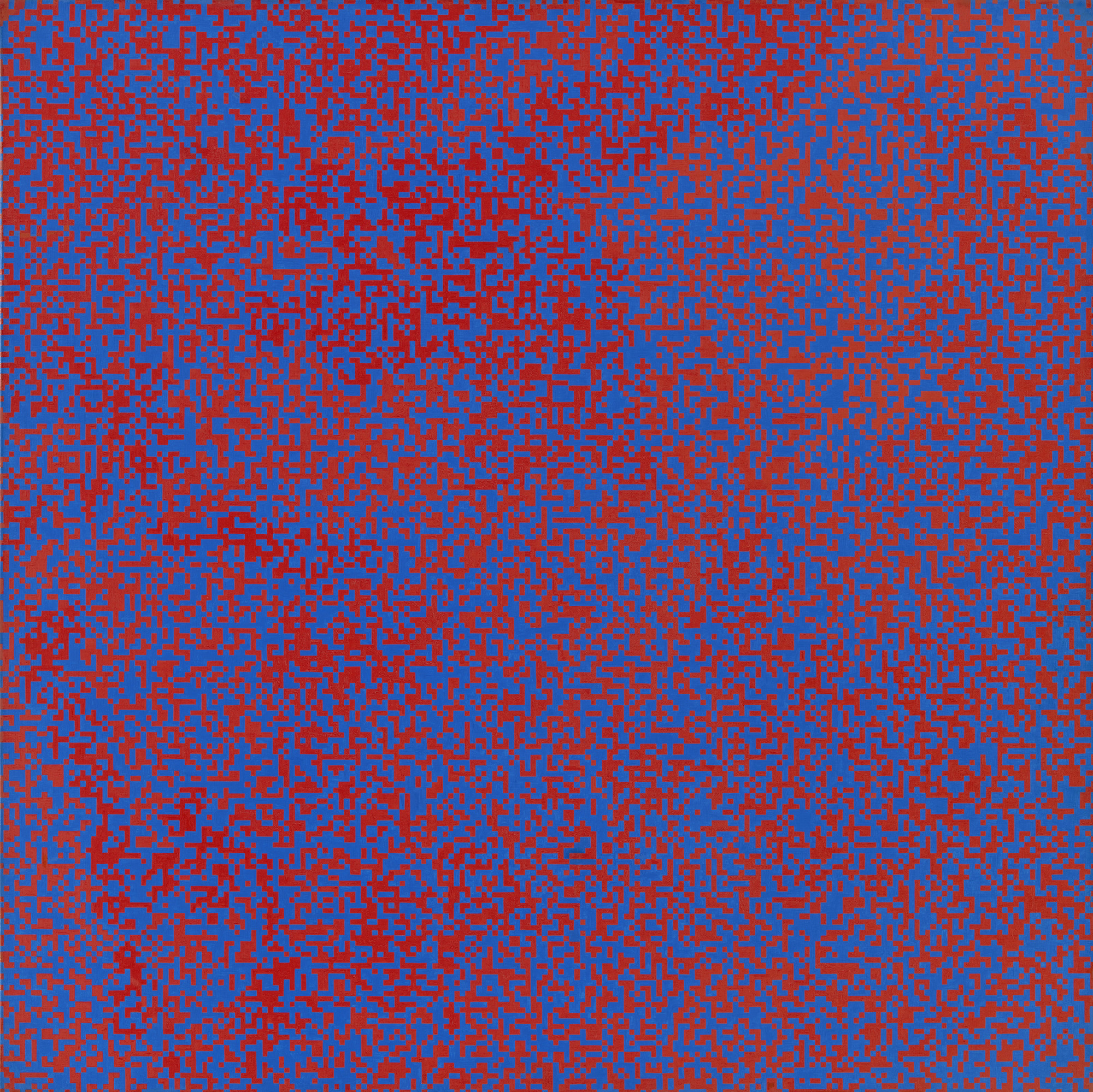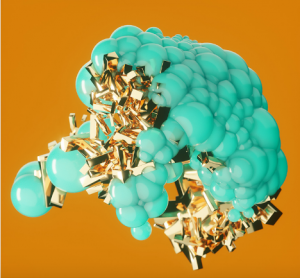var eyeSize = 20;
var faceWidth = 100;
var faceHeight = 150;
var mouthsize=30;
var nosesize=20;
var eyecolor=0;
var colorR=20;
var colorG=20;
var colorB=20;
var light1=20;
var light1X=10;
var light1Y=10;
var light2=50;
var light2X=250;
var light2Y=20;
var light3=100;
var light3X=400;
var light3Y=300;
function setup() {
createCanvas(640, 480);
}
function draw() {
background(colorR,colorG,colorB);
fill(243,215,198);
ellipse(width / 2, height / 2, faceWidth, faceHeight);
//face
fill(0);
rect(width/2-15,height/2-faceHeight/2,30,40);
//hair
var eyeLX = width / 2 - faceWidth * 0.25;
var eyeRX = width / 2 + faceWidth * 0.25;
fill(eyecolor);
ellipse(eyeLX, height / 2-15, eyeSize, eyeSize);
ellipse(eyeRX, height / 2-15, eyeSize, eyeSize);
//eyes\
fill(247,196,152);
ellipse(width/2,height/2,eyeSize-5,eyeSize+5);
//nose
fill(232,0,0);
ellipse(width/2,height/2+50,nosesize,nosesize);
//mouth
fill(200);
rect(width/2-faceWidth/2,height/2+faceHeight/2,faceWidth,200);
//shirt (body)
fill(163,98,81);
ellipse(width/2,height/2+faceHeight/2+50,10);
ellipse(width/2,height/2+faceHeight/2+100,10);
//buttons
fill(255,colorR,colorG,colorB);
ellipse(light1X,light1Y,light1);
ellipse(light2X,light2Y,light2);
ellipse(light3X,light3Y,light3);
//party lights
}
function mousePressed() {
// when the user clicks, these variables are reassigned
// to random values within specified ranges. For example,
// 'faceWidth' gets a random value between 75 and 150.
faceWidth = random(100, 200);
faceHeight = random(150, 200);
eyeSize = random(10, 30);
mouthsize=random(10,50);
nosesize=random(10,30);
eyecolor=random(0,150);
colorR=random(0,255);
colorG=random(0,255);
colorB=random(0,255);
light1=random(0,200);
light2=random(100,200);
light3=random(0,80);
light1X=random(0,50);
light1Y=random(0,480);
light2X=random(400,600);
light2Y=random(0,480);
light3X=random(420,600);
light3Y=random(200,480)
}This is Sushi Head Man at a party.
![[OLD – FALL 2016] 15-104 • COMPUTING for CREATIVE PRACTICE](../../../../wp-content/uploads/2020/08/stop-banner.png)

